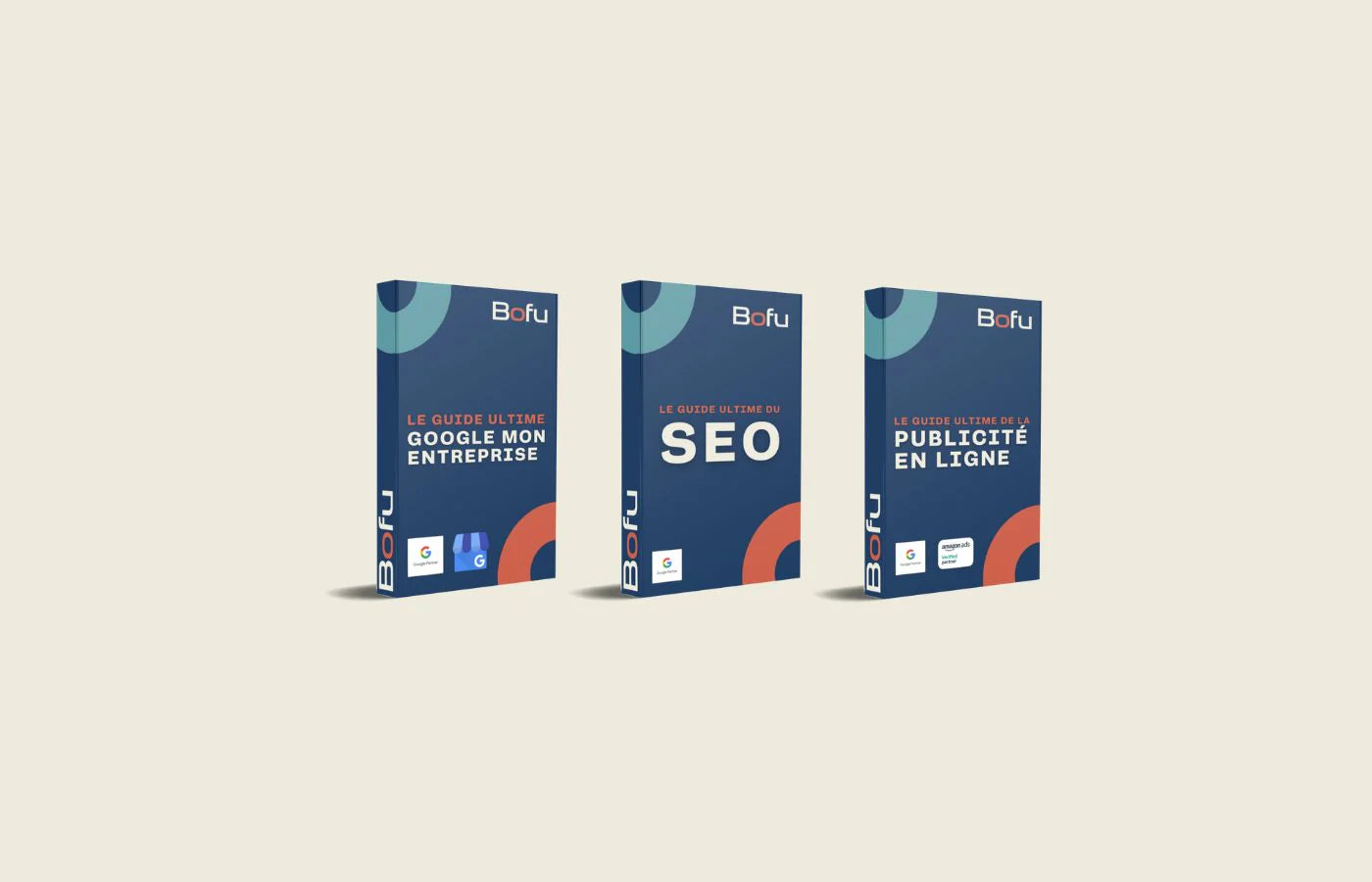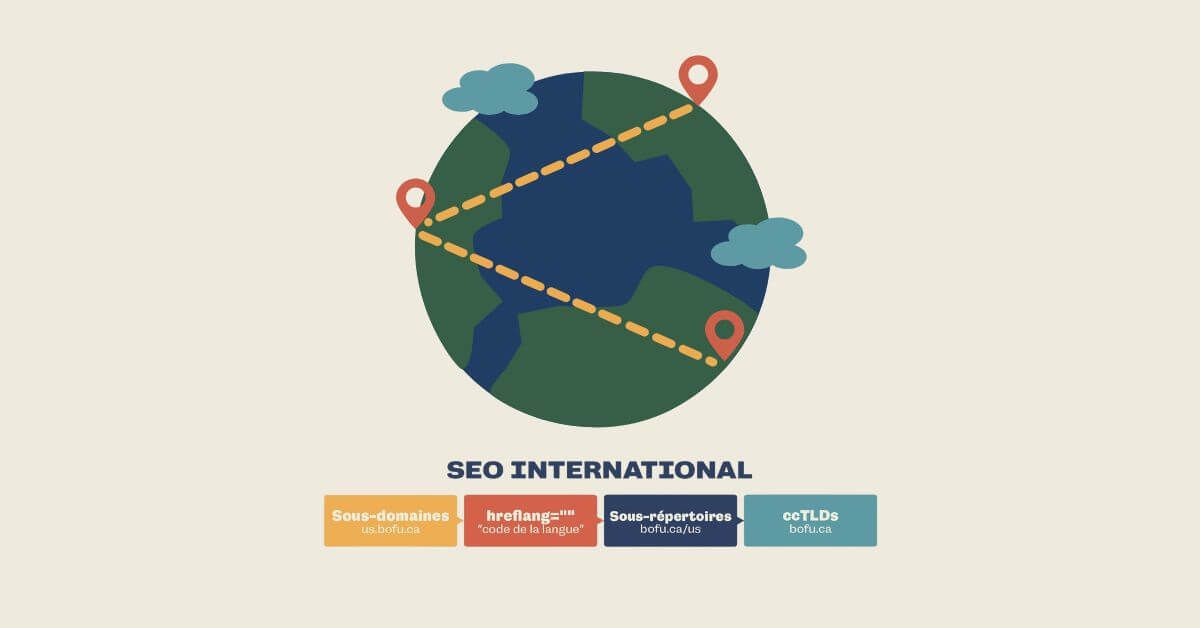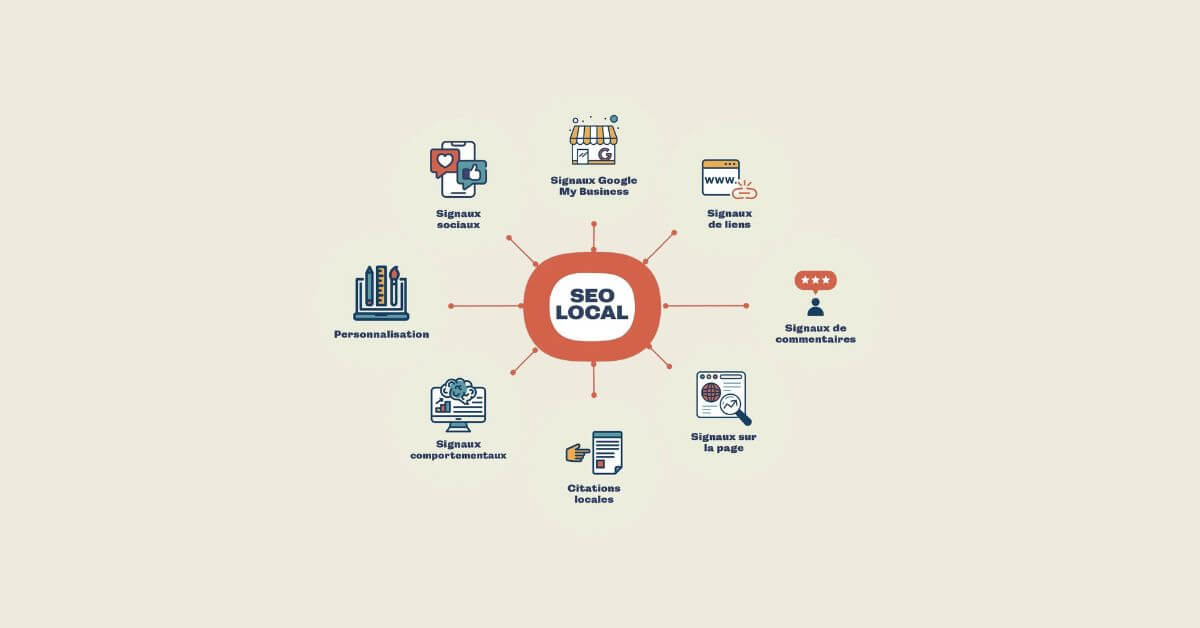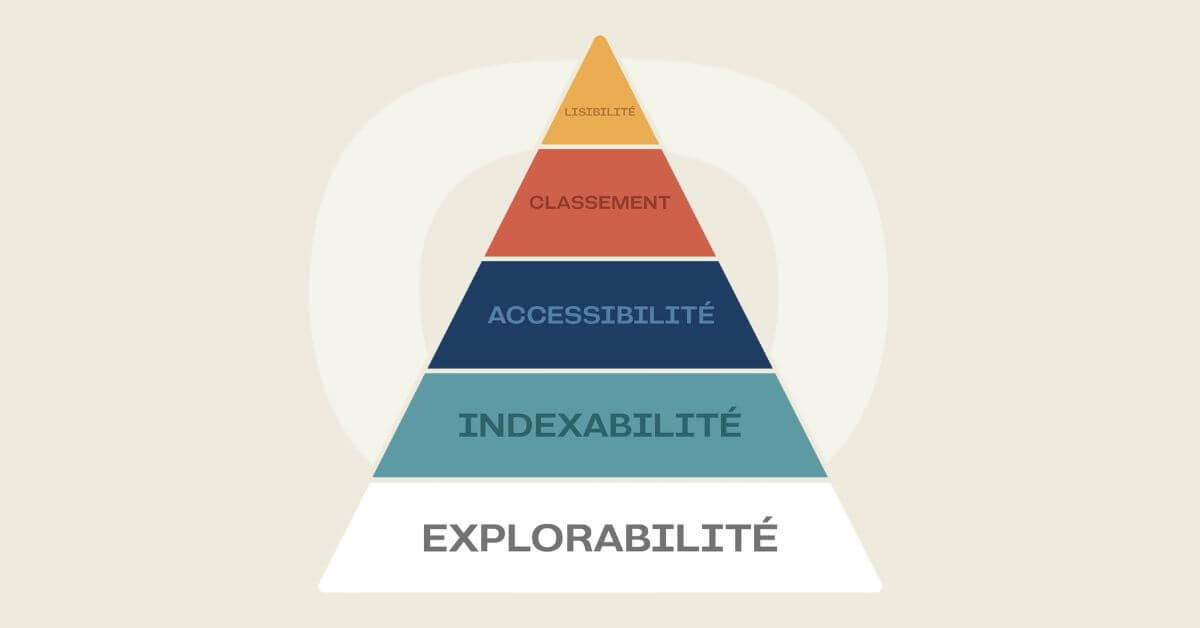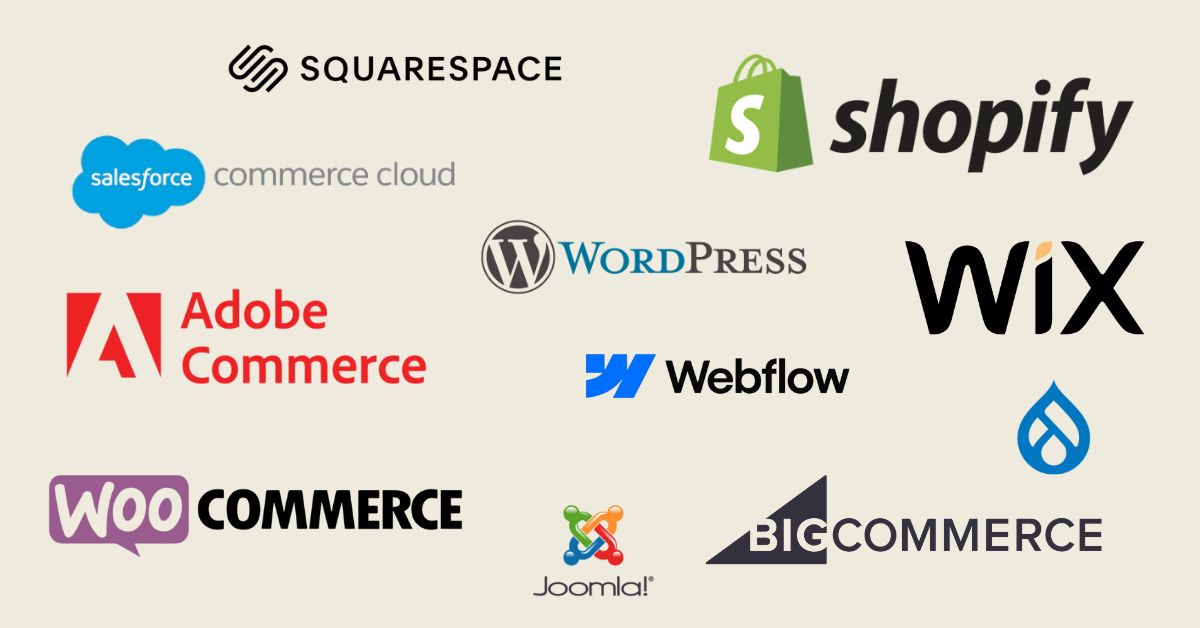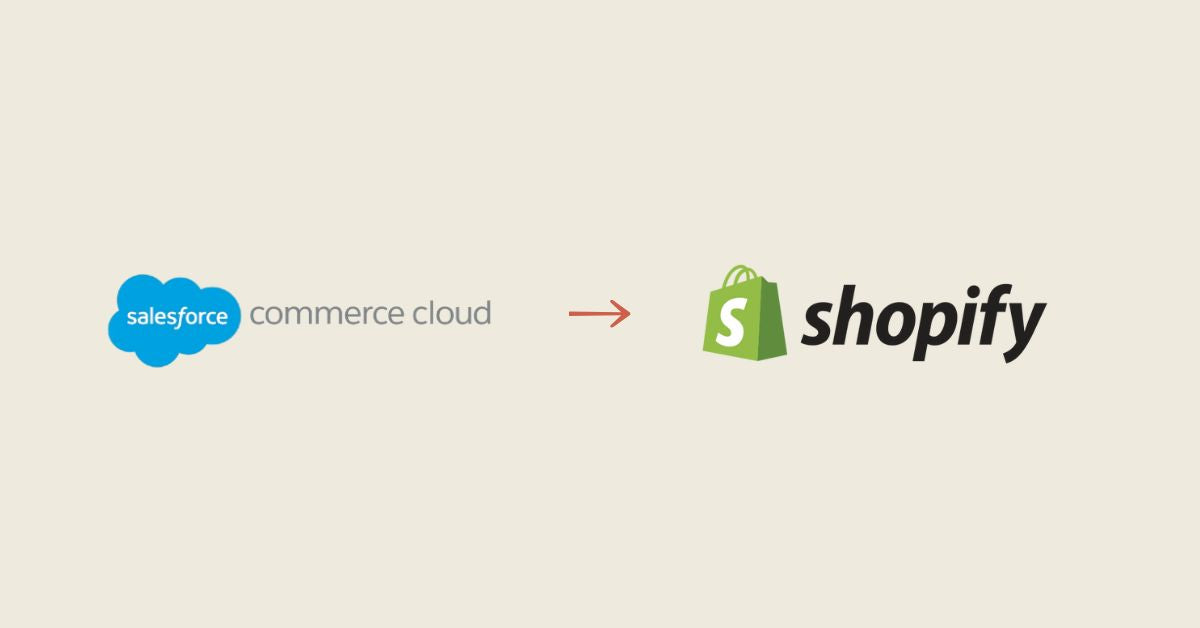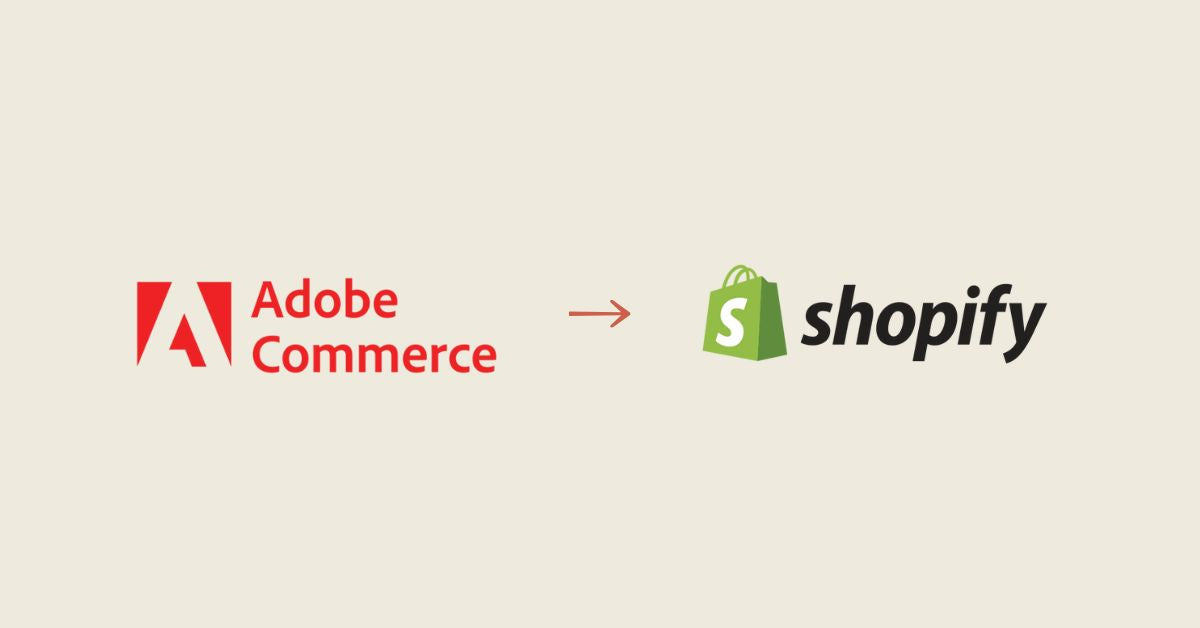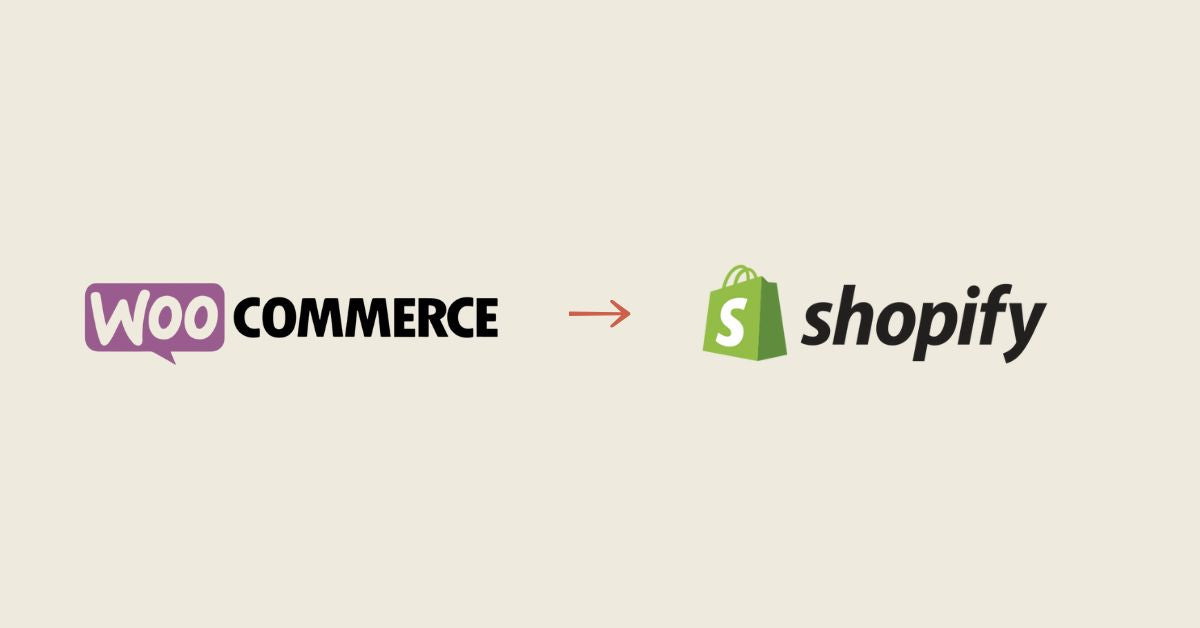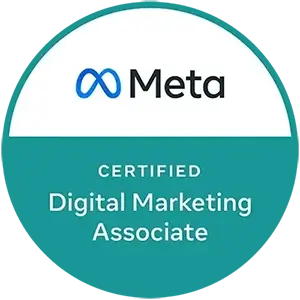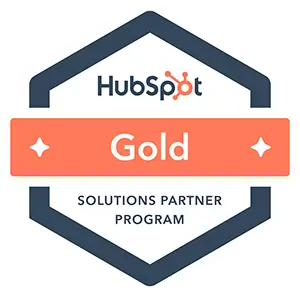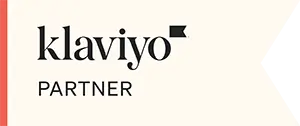Search engine optimization (SEO) takes on a new dimension when it comes to reaching an international or multilingual audience. A tailored and rigorous strategy is necessary to ensure optimal visibility of your website across multiple countries, languages, and cultures. Multilingual and international SEO encompasses all the best practices designed to improve your natural ranking in different geographic and linguistic markets.
According to a study published by Search Engine Land , companies that adopt a clear and precise multilingual SEO strategy significantly increase their international reach and see their organic traffic grow significantly.
In this article, learn how to build an effective multilingual and international SEO strategy, and how to integrate advances in artificial intelligence (AI), such as GEO, AEO, and AIO, into your overall strategy.
What is multilingual and international SEO?
Multilingual and international SEO refers to the set of techniques used to optimize a website in multiple languages or for multiple countries. These include the correct use of hreflang tags, choosing an appropriate site structure, and adapting content to different target languages and cultures.
Multilingual SEO focuses primarily on languages, while international SEO places greater emphasis on cultural and geographic localization. The two complement each other for successful international expansion.
Why is multilingual and international SEO essential for your business?
Growing your business internationally requires increased visibility in local search results in your target markets. Google prioritizes sites that offer content tailored specifically to the needs of local users.
Thus, multilingual and international SEO allows you to:
-
To effectively reach international markets.
-
To improve the user experience by offering culturally appropriate content.
-
To increase your organic traffic and conversions in the different target markets.
Best practices for multilingual and international SEO
Use hreflang tags correctly
The hreflang tag tells Google which language and regional versions of your web pages are in which. This prevents duplicate content penalties and ensures that users receive the correct version of your site in their specific language or region.
Choose a suitable site structure
You have three main options for structuring an international site:
-
Separate national domains (.ca, .fr, .us)
-
Subdomains (ca.example.com, fr.example.com)
-
Subdirectories (example.com/ca, example.com/fr)
According to Moz , each option has different advantages in terms of management, costs, and SEO impact. Subdirectories are often preferred for their simplicity and SEO effectiveness.
Adapt your content to each local market
Literally translating your content isn't enough. You need to adapt it culturally and linguistically for each market. This includes:
-
Adapting keywords to local search habits.
-
Adaptation of expressions, cultural references and date or currency formats.
-
A specific content strategy to meet the expectations of each local audience.
Manage your local reputation internationally
Online reputation varies by market. Consider actively managing your reviews and mentions on relevant platforms for each country. This practice perfectly complements your local and international SEO strategy.
The impact of artificial intelligence on multilingual and international SEO
Generative Engine Optimization (GEO)
Generative search engines like Google Bard or ChatGPT use artificial intelligence to provide linguistically and culturally appropriate answers. Optimizing your content with a clear and localized structure increases your visibility on these engines ( Learn more about GEO ).
Answer Engine Optimization (AEO)
AEO is the process of optimizing your site to appear directly in search results provided by voice assistants (Google Assistant, Siri, Alexa). Make sure your content clearly and directly answers users' frequently asked questions in each language ( Learn more about AEO ).
AI Indexing Optimization (AIO)
AIO makes it easier for AI-powered engines to index your international pages quickly and accurately. A clear site structure, correct hreflang tags, and locally relevant content make this easier to index ( Learn more about AIO ).
Common mistakes to avoid in multilingual and international SEO
-
Not using or misconfiguring hreflang tags : This leads to indexing issues or duplicate content.
-
Literal translation of content : Always adapt your content to local cultural and linguistic specificities.
-
Ignore local specificities : Avoid using the same SEO strategy for all markets without cultural and technical adaptation.
Conclusion: Succeed in your international expansion thanks to multilingual SEO
A successful international SEO strategy requires a structured, precise, and culturally appropriate approach. Combined with good technical and on-page SEO management, multilingual and international SEO maximizes your visibility in target markets.
At Bofu, we support you at every stage of your international expansion:
